Voyager 1 switched to a very old backup radio transmitter, not used since 1981, restoring NASA’s contact amid communication issues.
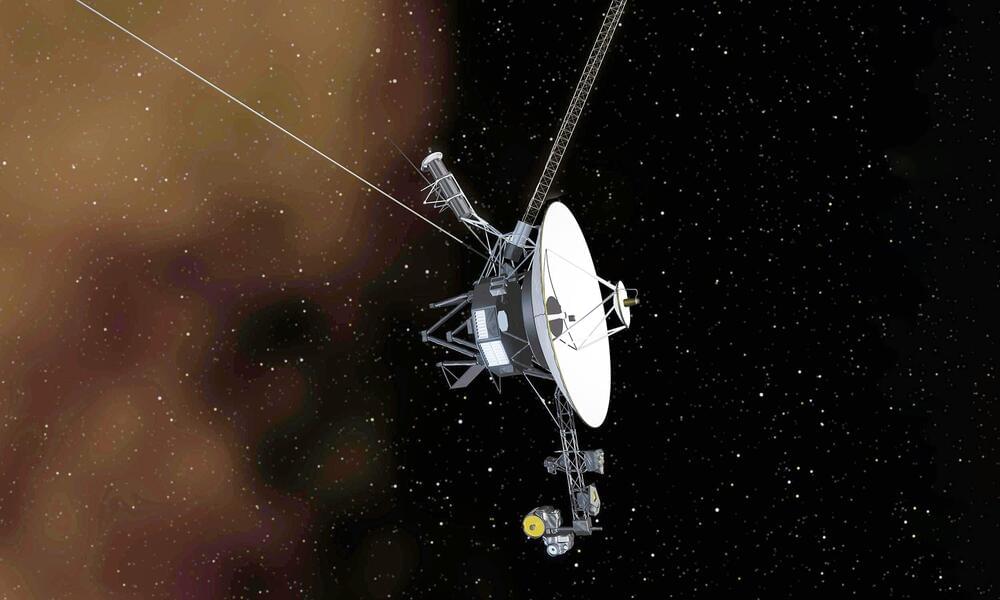

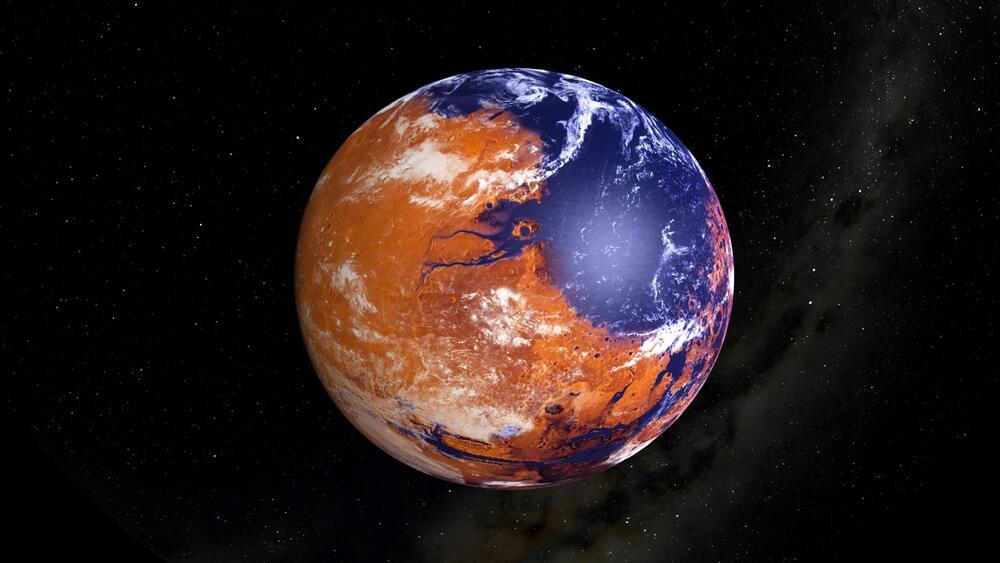
NASA’s Curiosity rover, currently exploring Gale crater on Mars, is providing new details about how the ancient Martian climate went from potentially suitable for life – with evidence for widespread liquid water on the surface – to a surface that is inhospitable to terrestrial life as we know it.
Although the surface of Mars is frigid and hostile to life today, NASA’s robotic explorers at Mars are searching for clues as to whether it could have supported life in the distant past. Researchers used instruments on board Curiosity to measure the isotopic composition of carbon-rich minerals (carbonates) found in Gale crater and discovered new insights into how the Red Planet’s ancient climate transformed.
“The isotope values of these carbonates point toward extreme amounts of evaporation, suggesting that these carbonates likely formed in a climate that could only support transient liquid water,” said David Burtt of NASA’s Goddard Space Flight Center in Greenbelt, Maryland, and lead author of a paper describing this research published October 7 in the Proceedings of the National Academy of Sciences. “Our samples are not consistent with an ancient environment with life (biosphere) on the surface of Mars, although this does not rule out the possibility of an underground biosphere or a surface biosphere that began and ended before these carbonates formed.”

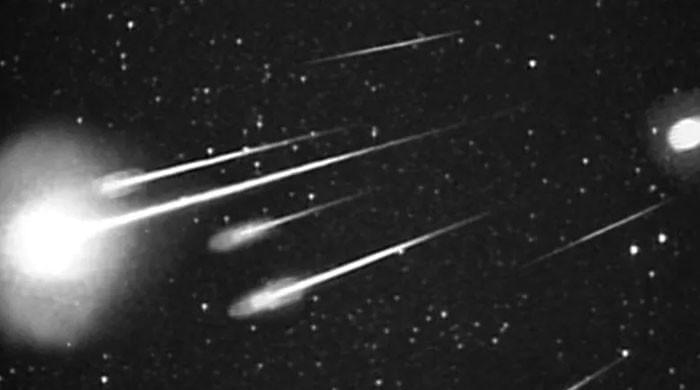
The earthlings are yet again going to experience the breathtaking celestial event known as Leonid meteor shower which will be active from November 3 to December 2 this year and peak overnight from November 16 to 17.
When Earth travels through the debris left behind by comet 55P/Tempel-Tuttle the Leonids are produced. It happens during its highly elliptical orbit around the Sun every 33 years, reported Space.
It is worth noting that the Leonids are regarded as some of the fastest meteors, zipping through the sky at 44 miles (71 kilometres) per second, as per NASA.
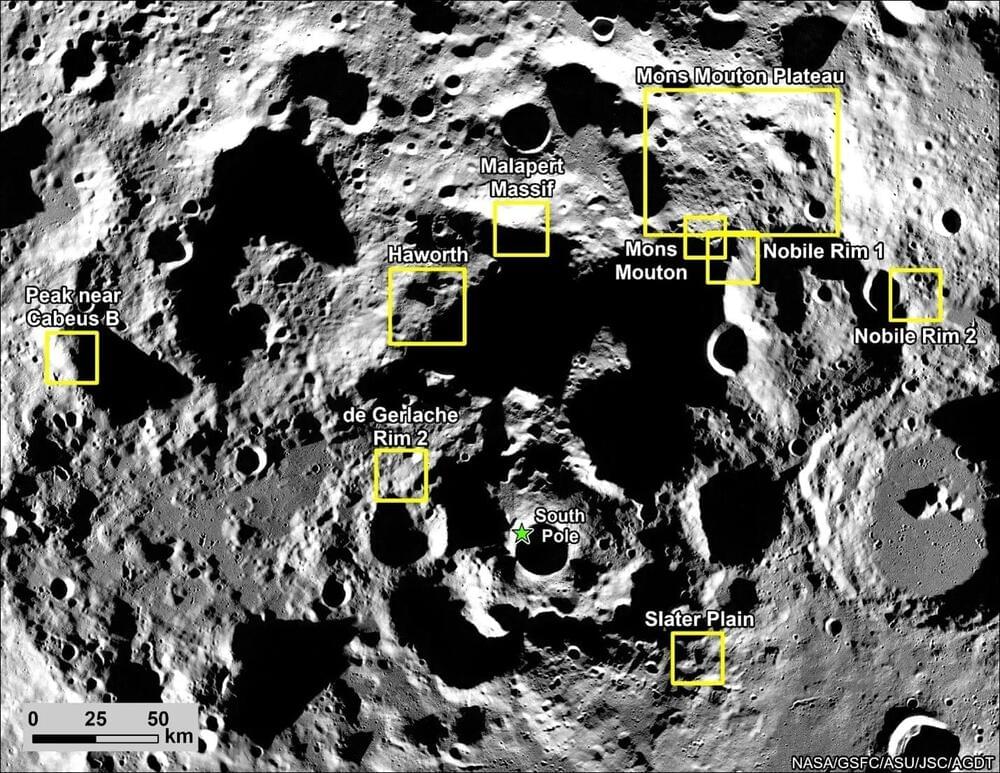
“The Moon’s South Pole is a completely different environment than where we landed during the Apollo missions,” said Dr. Sarah Noble. “It offers access to some of the Moon’s oldest terrain, as well as cold, shadowed regions that may contain water and other compounds.”
Where will NASA’s Artemis Program precisely land astronauts near the lunar south pole? This is what the famed space agency hopes to figure out as they recently narrowed the list of potential landing regions from 13 to 9, underscoring NASA’s ongoing urgency in selecting a final landing site prior to landing astronauts on the Moon with the Artemis III in the next few years, along with landing the first woman and person of color on the lunar surface, as well. The selected regions will provide scientific opportunities based on geology, terrain, and access to water ice, the latter of which can be used for fuel, drinking, creating oxygen through electrolysis, and much more.
NASA has identified the following potential landing regions not listed in priority: Peak near Cabeus B, Haworth, Malapert Massif, Mons Mouton Plateau, Mons Mouton, Nobile Rim 1, Nobile Rim 2, de Gerlache Rim 2, Slater Plain. Each landing region consists of several square miles with more precise landing sites being determined later.
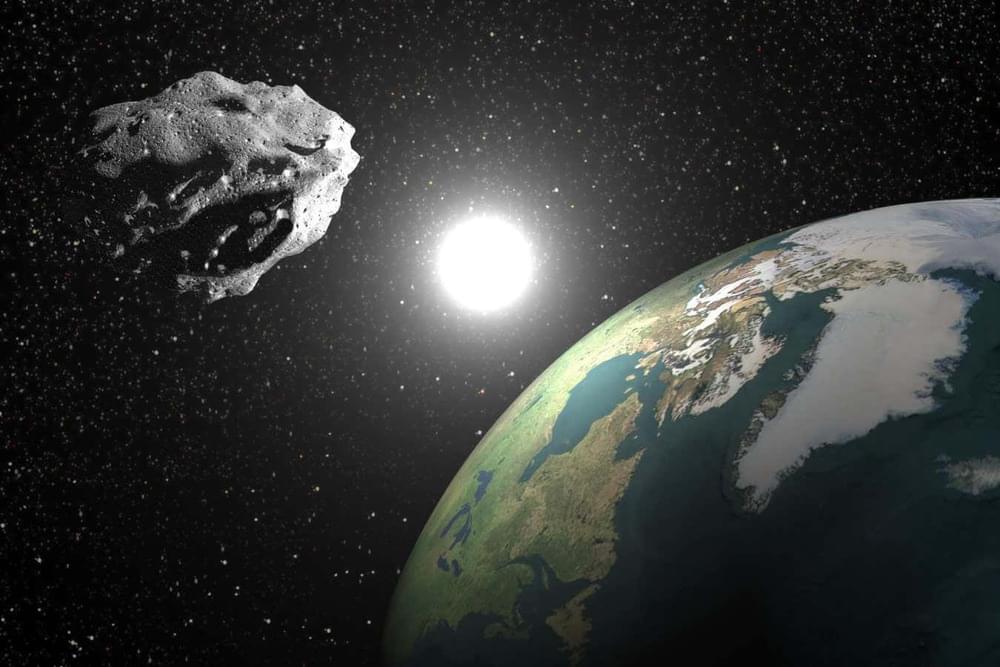
Asteroids that regularly fly between Earth, Venus and Mars could provide radiation shielding for human missions to explore neighbouring planets.
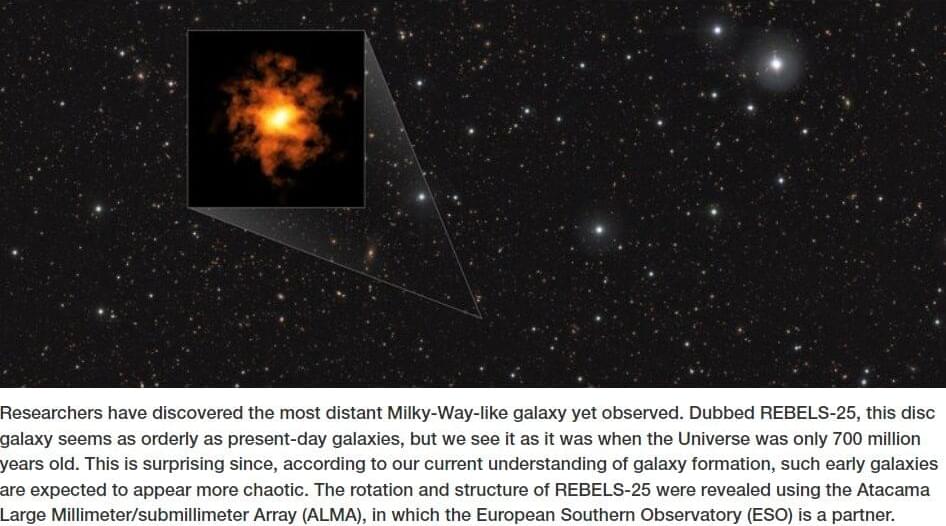
Researchers have discovered the most distant Milky-Way-like galaxy yet observed. Dubbed REBELS-25, this disc galaxy seems as orderly as present-day galaxies, but we see it as it was when the Universe was only 700 million years old. This is surprising since, according to our current understanding of galaxy formation, such early galaxies are expected to appear more chaotic. The rotation and structure of REBELS-25 were revealed using the Atacama Large Millimeter/submillimeter Array (ALMA), in which the European Southern Observatory (ESO) is a partner.
The galaxies we see today have come a long way from their chaotic, clumpy counterparts that astronomers typically observe in the early Universe. “According to our understanding of galaxy formation, we expect most early galaxies to be small and messy looking,” says Jacqueline Hodge, an astronomer at Leiden University, the Netherlands, and co-author of the study.
These messy, early galaxies merge with each other and then evolve into smoother shapes at an incredibly slow pace. Current theories suggest that, for a galaxy to be as orderly as our own Milky Way – a rotating disc with tidy structures like spiral arms – billions of years of evolution must have elapsed. The detection of REBELS-25, however, challenges that timescale.
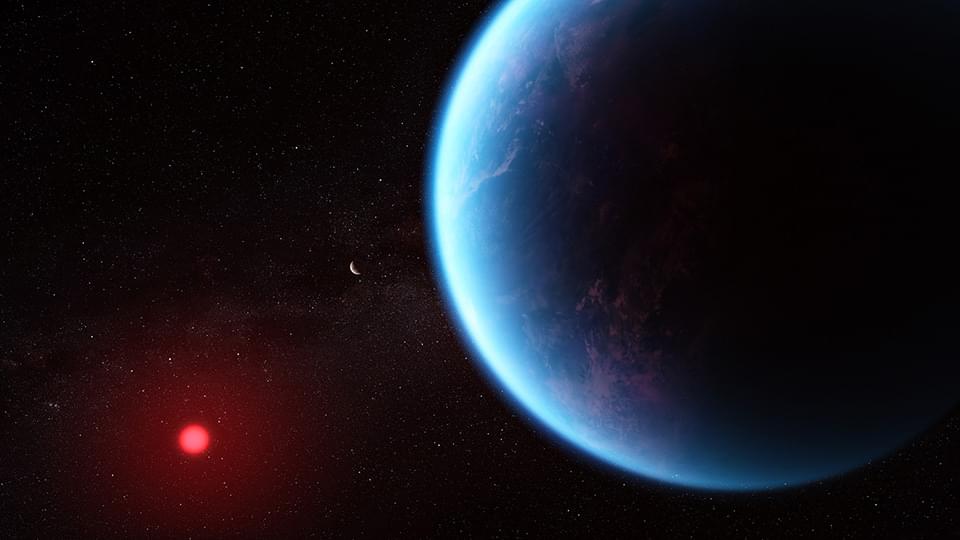
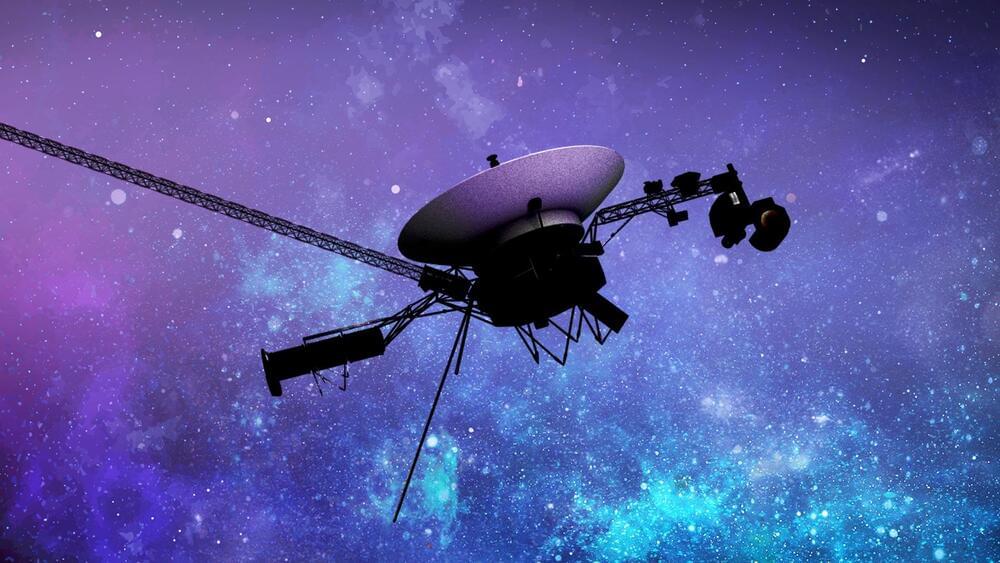
NASA reconnected with Voyager 1 after a fault protection system prompted the spacecraft to turn off a transmitter.
Engineers at JPL are investigating the incident, facing the challenge of managing commands and data over a 15 billion-mile distance. The team aims to stabilize communications and address the technical difficulties of the aging spacecraft in interstellar space.
Reestablishing Contact With Voyager 1

It’s been a couple of weeks since I was notified that the Fin+AI event was being shuttered.
While thinking about how I wanted to present it, I came to the conclusion that I wanted to put it out to the universe. So I Googled what does “Putting it out to the universe” mean?
Google replied that putting it out to the universe is a way of describing the practice of manifesting, which is the process of aligning with the universe’s energy to create an experience that can elevate the spirit. Some say that the universe listens, and answers.